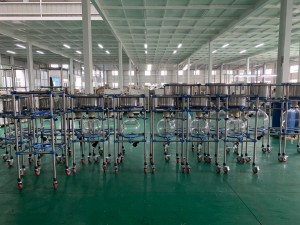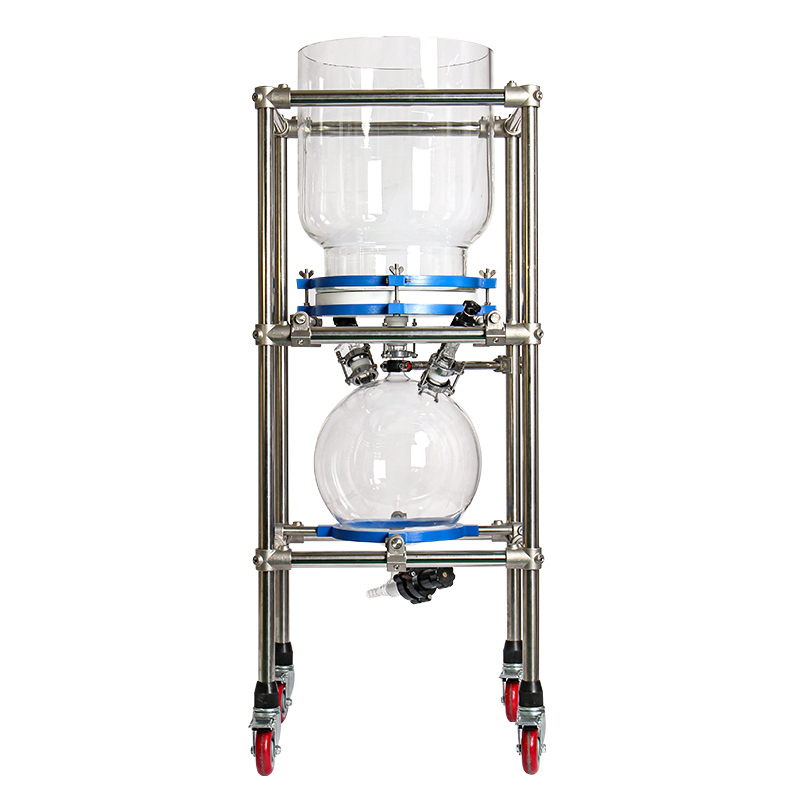A vacuum funnel is a device used to collect and direct materials or substances using suction or vacuum pressure. While the specific features may vary depending on the design and purpose of the funnel, here are some common features:
Material: Vacuum funnels are typically made of a durable and chemically resistant material such as glass, stainless steel, or plastic.
Design: The shape and size of the funnel may vary, but it generally has a wide opening at the top that tapers down to a narrow stem or tube at the bottom. This design allows for efficient collection and transfer of materials.
Vacuum connection: A vacuum funnel usually has a connection or inlet at the stem or side, which can be attached to a vacuum source. This allows the suction or vacuum pressure to be applied to draw materials into the funnel.
Filter support: Some vacuum funnels may have a built-in filter support or adapter, which enables filtration of solids or particles from liquids or gases during the collection process.
Stability and support: To ensure stability during use, vacuum funnels may feature a flat or rounded base or include additional support structures such as stands or clamps for attachment to a laboratory apparatus or workspace.
Compatibility: Vacuum funnels are often designed to be compatible with other laboratory equipment, such as filter flasks, receiving vessels, or tubing, facilitating the integration into experimental setups or processes.
It's important to note that specific features of a vacuum funnel can vary depending on its intended use, whether it's in a laboratory, industrial setting, or other applications.
Post time: Jul-05-2023



